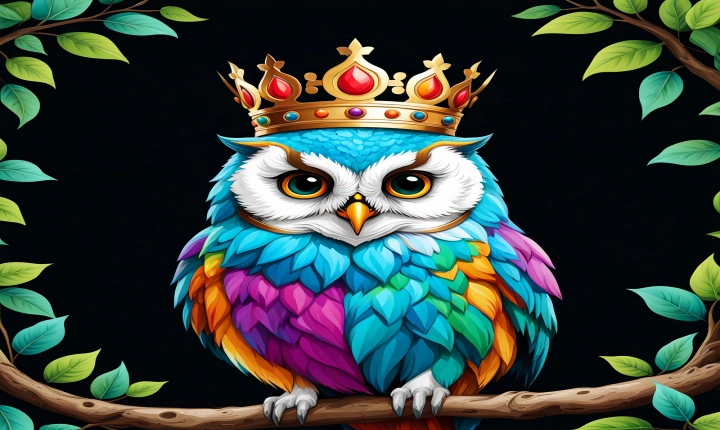Title: How to Expand Photo with AI: The Future of Image Enhancement
In recent years, the field of artificial intelligence (AI) has made tremendous strides in revolutionizing the way we work with and manipulate digital images. One of the most exciting applications of AI in this realm is the ability to expand and enhance photos with remarkable precision and detail. This technology, which utilizes advanced machine learning algorithms, has opened up a whole new world of possibilities for photographers, designers, and anyone else working with visual content.
So, how exactly does one go about expanding a photo with AI? In this article, we will explore some of the key techniques and tools that are driving this groundbreaking development and discuss the potential implications for the future of image enhancement.
Understanding the Basics
Before delving into the intricacies of photo expansion with AI, it’s important to grasp the fundamental concepts underlying this process. In essence, AI-powered photo expansion involves the use of algorithms that are trained to analyze an image and generate additional details or content that was not present in the original photo.
These algorithms work by leveraging vast amounts of data to recognize patterns, textures, and visual elements, allowing them to make educated predictions about how pixels should be added to expand the image without significant loss of quality. This process is made possible by deep learning, a subset of machine learning that involves training neural networks to perform specific tasks, such as image recognition and generation.
Utilizing Generative Adversarial Networks (GANs)
One of the most powerful tools in the realm of AI-powered photo expansion is the use of generative adversarial networks (GANs). GANs consist of two neural networks – a generator and a discriminator – that work in tandem to produce high-quality, realistic images.
The generator is responsible for creating new image data based on the input it receives, while the discriminator evaluates the generated images and provides feedback to the generator. Through a process of iteration and refinement, the two networks compete with each other, with the goal of producing images that are indistinguishable from real ones.
By employing GANs, AI systems can effectively expand photos by generating new visual content that seamlessly integrates with the original image. This can include adding missing details, increasing the resolution, or even creating entirely new elements based on the existing composition.
Deep Learning-based Upscaling
Another key technique used in AI-powered photo expansion is deep learning-based upscaling. This approach involves training AI models on large datasets of high-resolution images, teaching them to understand the complex relationships between low-resolution and high-resolution versions of the same scenes.
Once trained, these models can then be used to upscale low-resolution images, effectively expanding them to higher resolutions while preserving the sharpness and clarity of the original content. This process is particularly valuable for applications such as digital photography, where the ability to enhance image quality without introducing artifacts is highly desirable.
Applications and Implications
The ability to expand photos with AI has wide-ranging implications across various industries. For photographers and visual artists, AI-powered photo expansion opens up exciting new creative possibilities, allowing them to enlarge and enhance their images without compromising quality. This can be especially beneficial for archival purposes, enabling old or low-quality photos to be restored and preserved with newfound clarity and detail.
In the realm of design and advertising, AI-powered photo expansion offers the potential to create stunning, high-resolution visuals for a wide range of applications, from billboards and print media to digital displays and website imagery. By harnessing the power of AI, designers can elevate the visual impact of their work and deliver compelling, immersive experiences to their audiences.
Moreover, AI-powered photo expansion has practical implications for fields such as medical imaging and satellite photography, where the ability to extract additional details from images can have significant implications for diagnosis, research, and environmental monitoring.
Looking Forward
As AI continues to advance, the potential for photo expansion and enhancement will only continue to grow. With ongoing developments in deep learning, GANs, and other AI technologies, the boundaries of what is possible in terms of image manipulation will be pushed further than ever before.
However, it’s important to consider the ethical implications of AI-powered photo expansion, particularly in relation to issues such as authenticity, privacy, and the potential for misuse. As this technology becomes more widespread, it will be essential to establish guidelines and best practices to ensure that AI is used in a responsible and transparent manner.
In conclusion, the ability to expand photos with AI represents a transformative leap forward in the realm of image enhancement. By harnessing the capabilities of AI, we are poised to unlock new levels of visual creativity and innovation, paving the way for a future in which our digital images are more vivid, detailed, and impactful than ever before.
